Peering out my Tallinn hotel window, the early morning curtain of swirling mist was lifting from the Old Town, as if a theatre production was bursting into life at the start of a new day. There’s much to spell-binding Tallinn that does border on the theatrical. A whirring web of wonderment awaits all-comers to the Old Town, which like many of the Baltic cities, is where the biggest treats are located. What makes the Old Town of Estonia’s buzzing capital particularly enchanting is the fact that its virtually fully encircled by medieval walls, ramping up Tallinn’s snap-happy vistas.
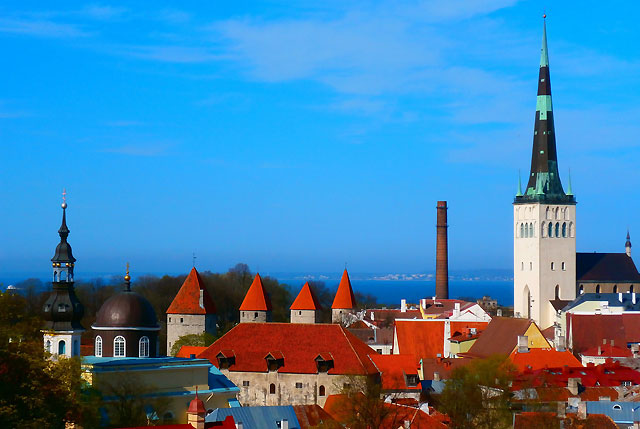
Further accentuating the city’s pin-up good looks is its contemporary creative verve and bags of hedonistic energy. Our city exploratory was under the command of a vivacious Insights Vacations’ local guide, Christina. We commenced proceedings at Toompea, the hill where the all-conquering Danes built their fortress exactly 800 years ago. The name Tallinn derives from “Danish fortress.” Throughout the Middle Ages, Teutonic Knights controlled the city, building many of the sturdy gate towers that still look so stately, while the Swedes and Russians have also ruled the roost.
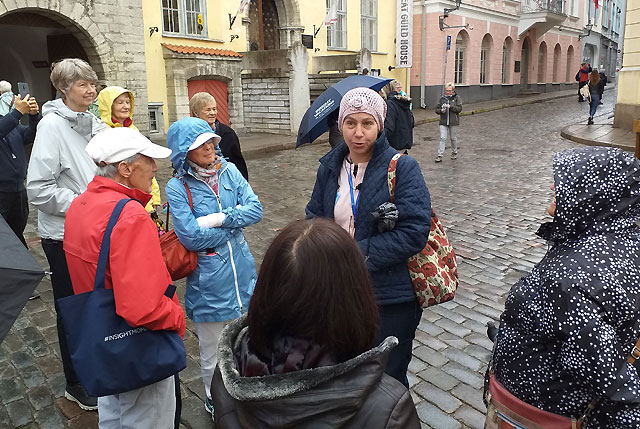
According to legend, Toompea is also the grave of Kalev, the mythical ancestor of the Estonians. Taking pride of place on the site of the original Danish fort is the pastel pink Toompea Castle, now home to Estonia’s parliament. We took time to take selfies in front of the splendid confection directly across the plaza from the parliament, Alexander Nevsky Cathedral. This imposing onion-domed Orthodox church is an enduring reminder of the two centuries Tallinn spent under tsarist rule. Built in 1900, it was one of the last such constructions commissioned by the Tsar prior to the revolution.
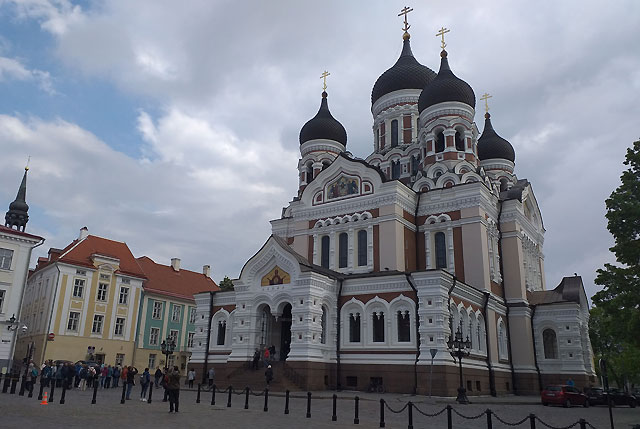
We popped inside to see the faithful deep in prayer, surrounded by its gilded splendour. My fellow Insight Vacations’ guests and I were besotted by the 14th century walls that surround the Old Town, studded with 20 watch towers. As we soaked up the fork-dropping views from one perch, a particularly friendly seagull seemingly stopped to pose longingly on the wall, lapping up the attention. And unlike most gulls, he wasn’t hassling passers-by for food. Christina revealed he appears on the same spot, every day, and has apparently done so for ten years.
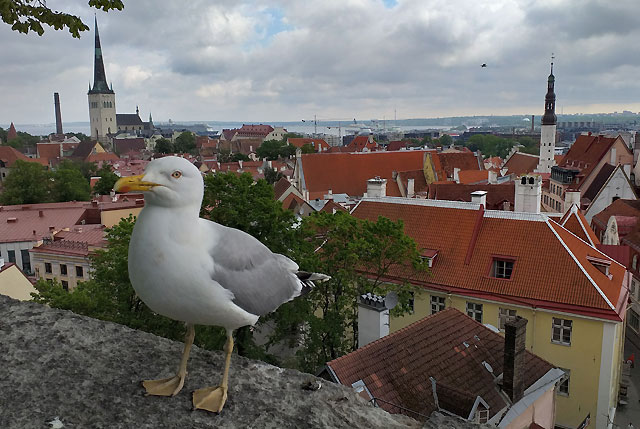
A stamp-seller used to ply his wares from the same spot, and according Christina, following the day he died, Mr Seagull took up residence. The locals reckon it’s the stamp-seller reincarnated. Tall story or not, there was something unquestionably soulful about that bird’s demeanour. Christina is a believer.
We purred down the Old Town’s storied main street, Pikk, a cobbled artery spanning the city’s heart. With an atmosphere you can’t design or buy, the magnificent market square is called Raekoja plats.

It’s as old as the city itself, wrapped in grand old buildings glowing with a faded glory, some hunchbacked seemingly leaning towards each other like gossiping old friends. Al-fresco bars and eateries were doing a brisk trade in the four-seasons-in-one-day spring weather. Don’t miss taking a peek at the Town Pharmacy, a venerable specimen, which happens to be the one of the world’s oldest continually operating apothecaries, selling potions and ointments since 1422. The 15th century Town Hall (Raekoda), boasts elegant Gothic arches at ground level, and a delicate steeple at its northern end.
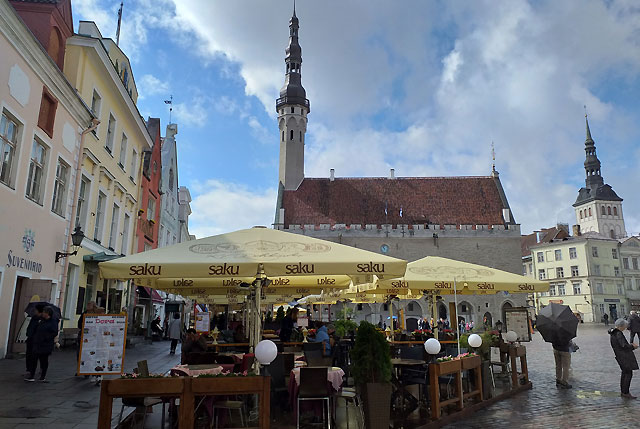
Crowning its steeple, Vana Toomas, a 16th century weather vane depicting a medieval town guard, which is Tallinn’s city emblem. The informative museum inside the cellar hall illustrates Tallinn town life through the ages. For a scene-stealing view of the town square, climb the spiral staircase of the Town Hall Tower. If you enjoy lofty heights, the imposing Kiek-in-de-Kök tower, is another great option, dating from 1475. Below the tower lies the entrance to a network of 17th century bastion tunnels, originally built for defence by the Swedes but most recently used as bomb shelters during World War II.
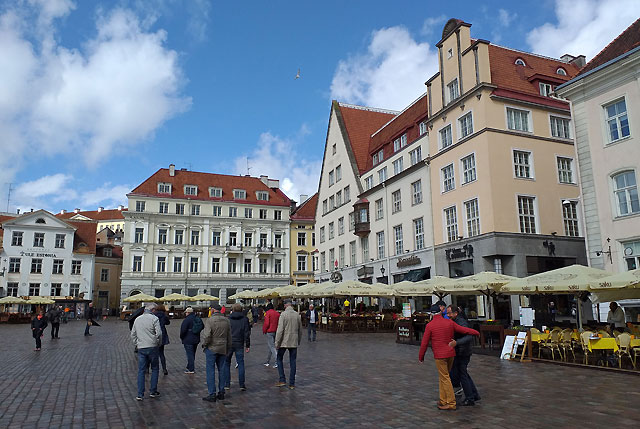
For undiluted sugary goodness, do not miss paying a visit to Cafe Maiasmokk, which has operated from the same building since 1864. It’s the oldest working café in Estonia – not that its age is the biggest calling-card. Its allure is marzipan, which originates from the medieval era as a form of medicine, before being enjoyed by the masses as sweets. Tallinn and Lubeck in Germany both claim that their town invented marzipan.
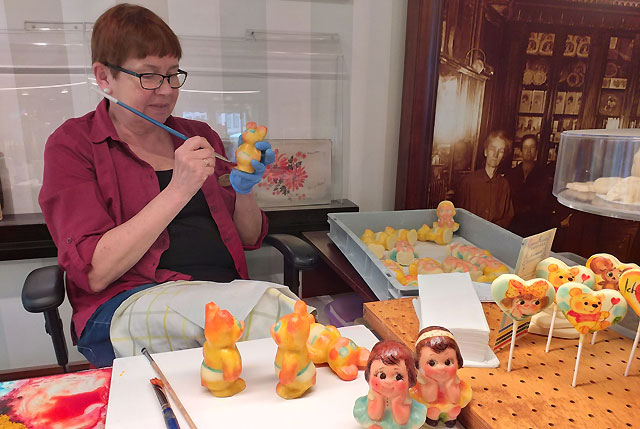
The almond and powdered sugar treats are still made the same way as they were hundreds of years ago, sculpted and painted by hand. Café Maismokk’s marzipan was so highly regarded, that the court of the Russian Tsar in St. Petersburg was a regular client. It’s still made and painted by hand today. After soaking up the artistry in-store, there’s no better spot to kick back for coffee and confectionary. Marzipan heaven!
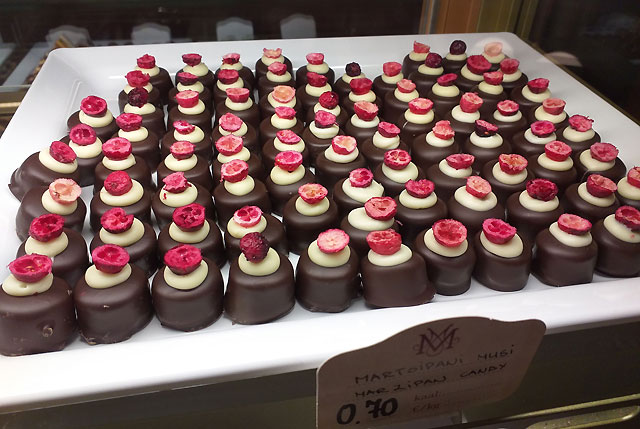
Speaking of food, 700 years of German control has heavily influenced the food culture, with hangovers from Russian rule, plus Scandi flavours all in the mix. Estonians are besotted by mushrooms. Going mushroom foraging with family and friends is a popular pass-time. The early winter hunting season brings elk meat, roe deer meat, wild boar meat and even bear meat to the tables of Tallinn. Black bread, curd, cottage cheese and other dairy products are always on the table, regardless of the season. A signature attribute of the whole Insight Vacations experience is the chance to explore, experience and savour authentic local kai. I feasted on a lot of fish in Estonia, including flatfish, perch, sprat and Baltic herring. It’s Estonia’s favourite fish, once considered the cheap food of the masses, but now proudly featuring on all self-respecting restaurant menus. Marinated eel and eel soup are prized delicacies, well worth a try too.
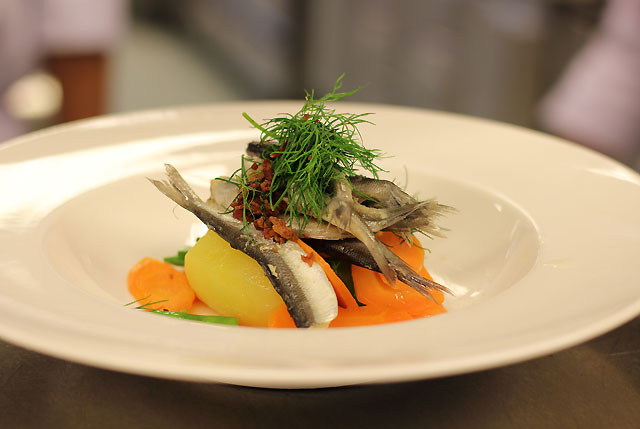
Just north of the Old Town, the Cultural Kilometre is another great haunt, running through an intriguing stretch of post-Soviet Tallinn. It begins beside “The Culture Boiler,” a former power station now converted into a concert venue. The power station’s iconic chimney is where Russian film director Andrei Tarkovsky shot key scenes of his existential classic, Stalker. From here the path heads west past a small fishing harbour, and the Estonian Design House, where trendy young designers display and sell their wares. The path continues past the atmospheric old 19th century wooden houses of the Kalamaja district before arriving at Patarei Prison Museum, a 19th century fortress that was turned into a jail in 1920 and abandoned in 2004. Finally, Christina guided us through a charming old enclave of wealthy old merchants’ houses from the Hanseatic Period.

This league was German-based, developing German merchant communities abroad to protect their mutual trading interests across Northern Europe in the Middle Ages. Pill tanav is the street still boasting some of the finest specimens, including the Great Guild, headquarters of the German merchants who controlled the city’s wealth. But in this radar-blipping city where history mingles casually with souvenir shops, take your own read of Tallinn’s evocative pulse, with your own aimless strolls. You’re bound to stumble upon your own serendipitous sights and delights.
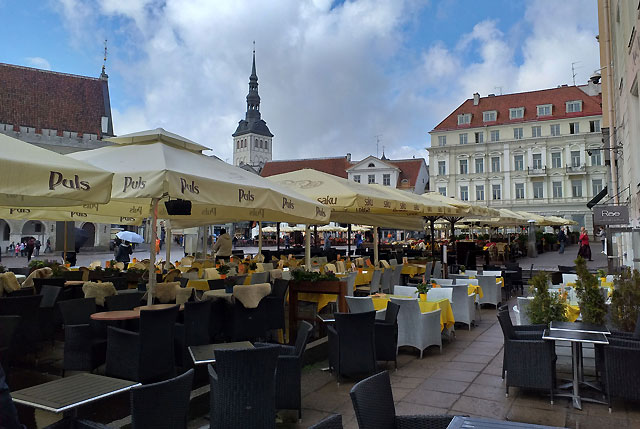
Fancy tacking a fling with Finland and Scandinavia onto your Baltic experience? I skipped across the sea to Helsinki from Tallinn, crossing the Gulf of Finland on the super-smooth fast ferry, Tallink Star Shuttle. Just a two hour sailing, you’ve got a range of classes to choose from. I plumped for the Business Lounge, an oasis of comfort with free WiFi, complimentary bar and fabulous food buffet.

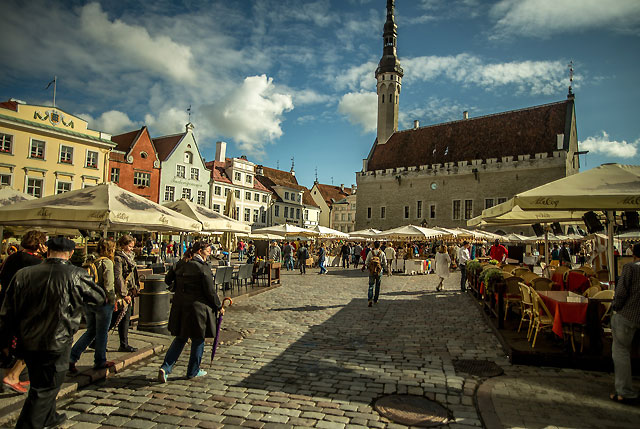

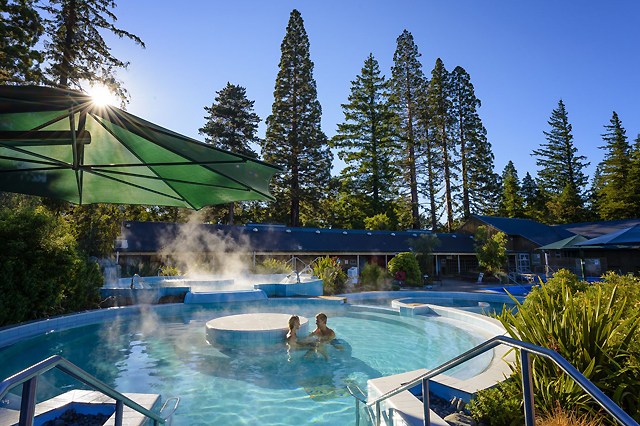




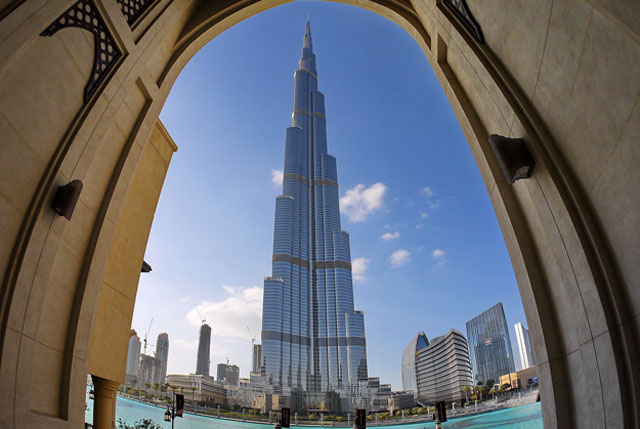




Recent Comments